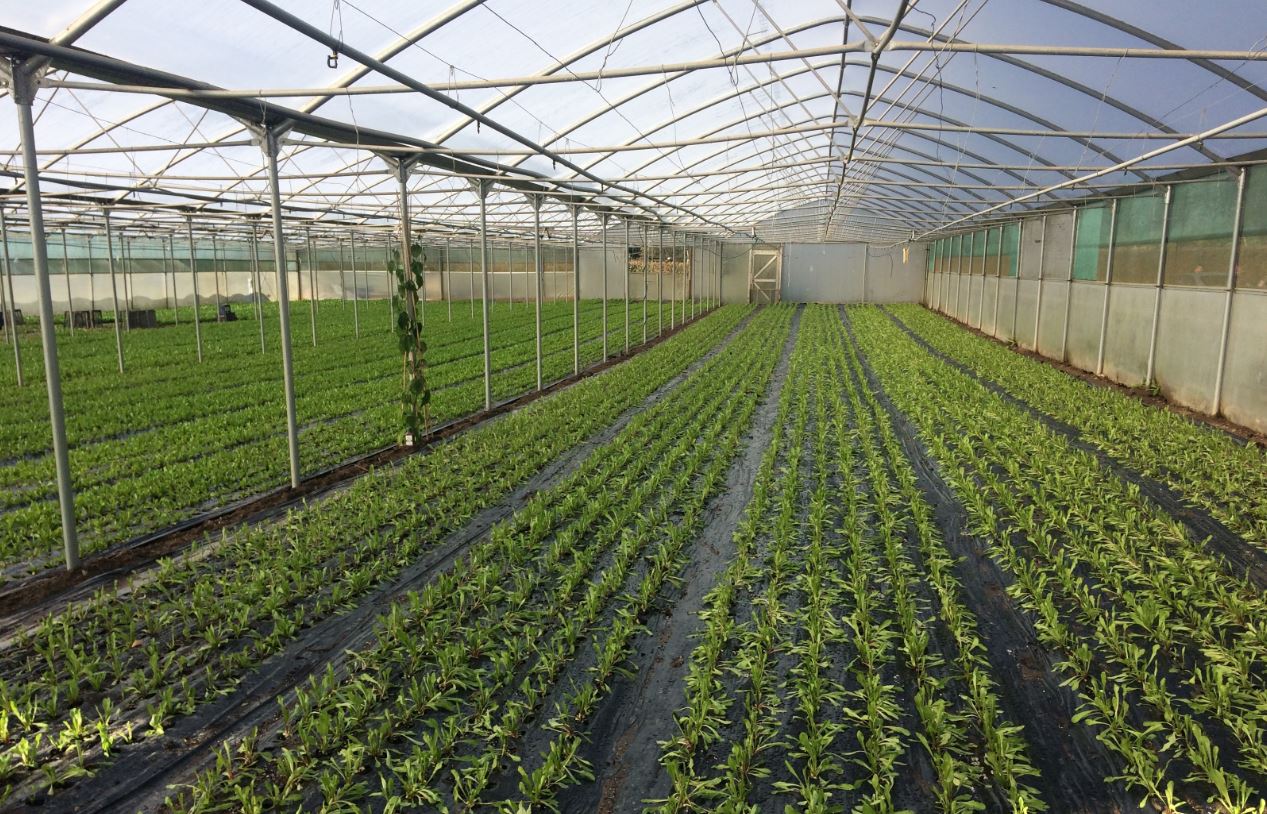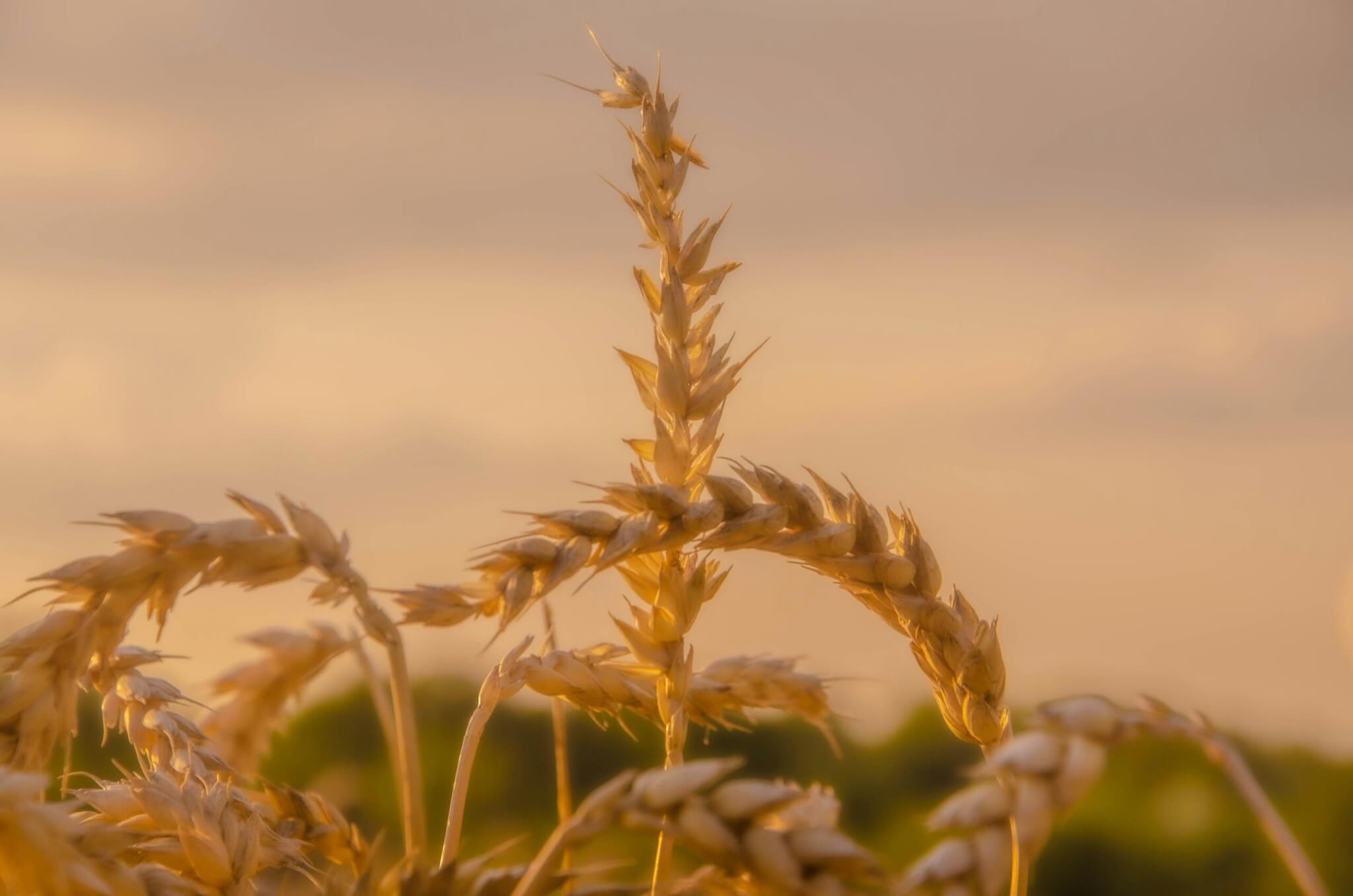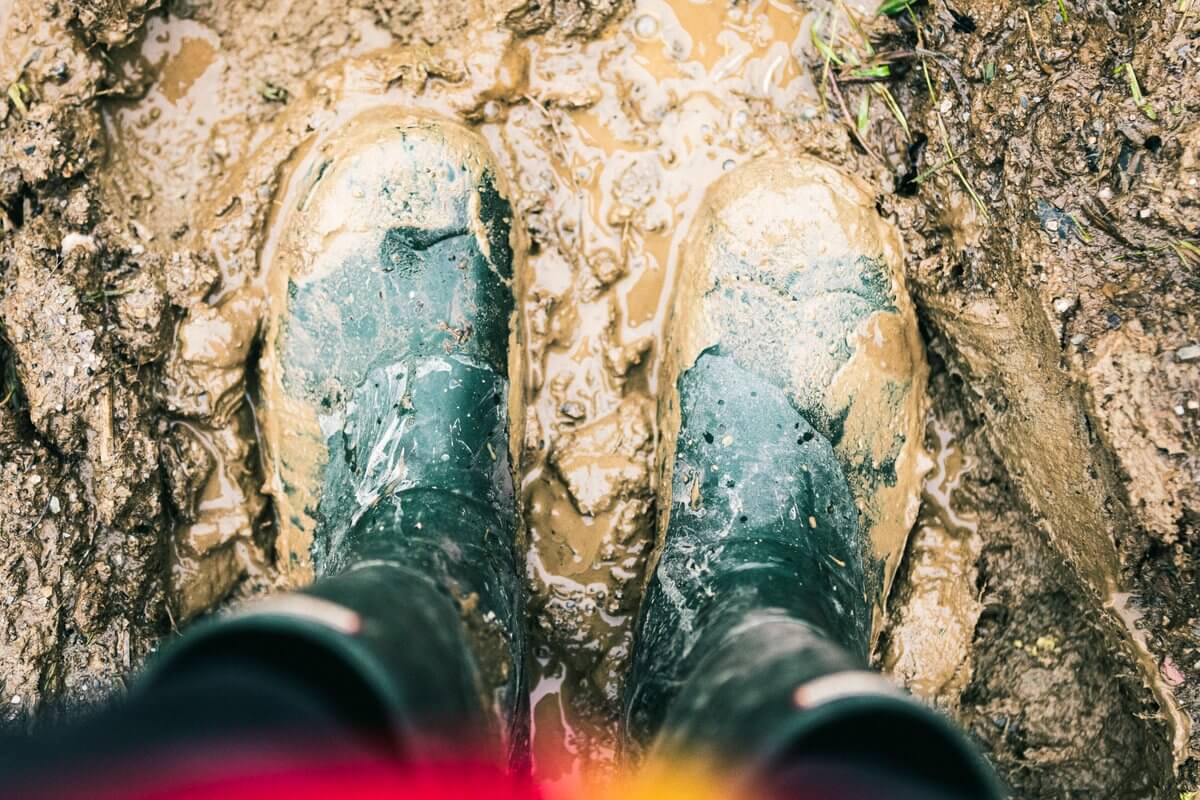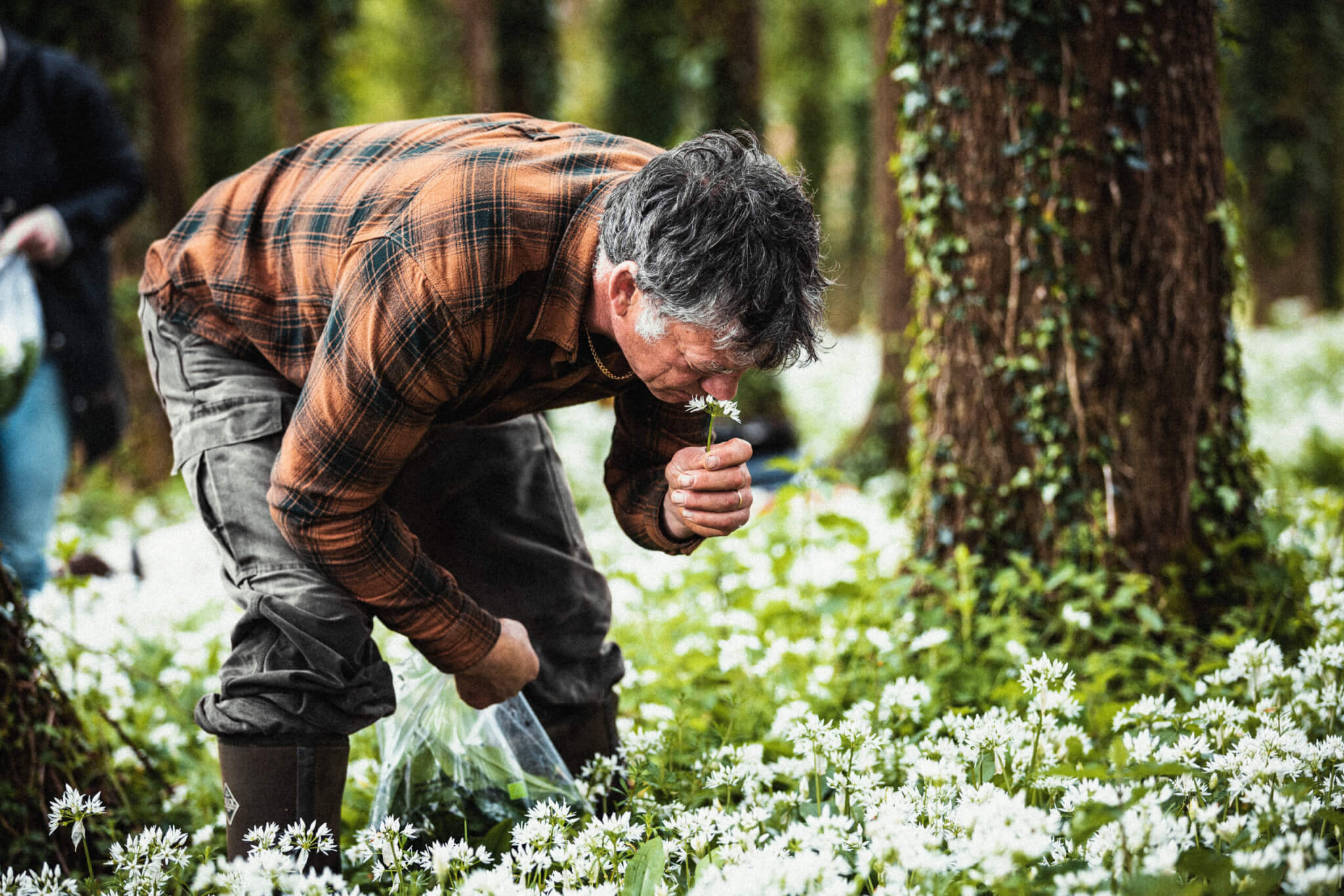From being a straw-chewing yokel working in a muddy backwater in the 80s, when few cared about how their broccoli was grown, we now find ourselves at the centre of so many debates. The surfeit of opinions but lack of reliable information around provenance, seasonality, sustainability and the soil can be frustrating when you are in the thick of it every day – so we are putting our 30+ years’ experience into a sort of online magazine/forum for debate about sustainable food, called (not too provocatively, I hope), Wicked Leeks. Let us know what you think and any topics you’d like us to cover.
Other than that, it has been a bad month for greens. Some escapee cows spent the night feasting on tender salad leaves in our tunnels; what they didn’t eat or trample, they crapped on. In my younger days I might have tried to pick around the damage, but modern food hygiene correctly dictates that all must be scrapped. We just about have time to replant and get a new salad crop before planting tomatoes, chillies and peppers in April, but over the next two months there will be fewer salad bags than usual.
Further south, for our Italian growers in Calabria and Puglia, a very cold winter has delayed or destroyed the broccoli crop. Southern Spain has done better, but we are still desperately short of greens – leaving us scouring our home fields. A crop of cavolo nero (black kale), harvested in the autumn and never ploughed, has sprouted back from side buds to produce a second crop of smaller heads which are still tender and make good eating (if slow picking); I hope those of you who have had them agree. We are also girding ourselves to pick through a field of chard; it looks good as you walk past, and tastes great, but closer inspection shows half the leaves are damaged by wind, frost or disease. This either makes harvesting very slow, or necessitates a lengthy operation at the farm for nimble-fingered sorters.
Thankfully, the purple sprouting broccoli (PSB) is coming along well. This delicacy is at its best during its traditional season, the ‘hungry gap’ of March and April, when UK fields are otherwise largely empty of greens. We will plan for most of you to have it most weeks.















I recently bought some Cavolo Nero from Lidl and it has orange/yellow bits on the edges of baby leaves? Is this a disease? If not removed before steaming, could that be bad for me? Thanks for your feedback, looking forward to my first Riverford delivery today!
Hey nsuzannel,
That does sound like what Kale naturally does as it starts to go bad, it shouldn’t hurt you, though it may taste quite bitter and overpower a dish.
Often it takes quite a while in the large supermarkets for veg to get from the field to your fridge, and it can start to degrade in that time.
Riverford prides itself in the quality of the veg that is delivered to your door.
I hope you enjoy your first box.